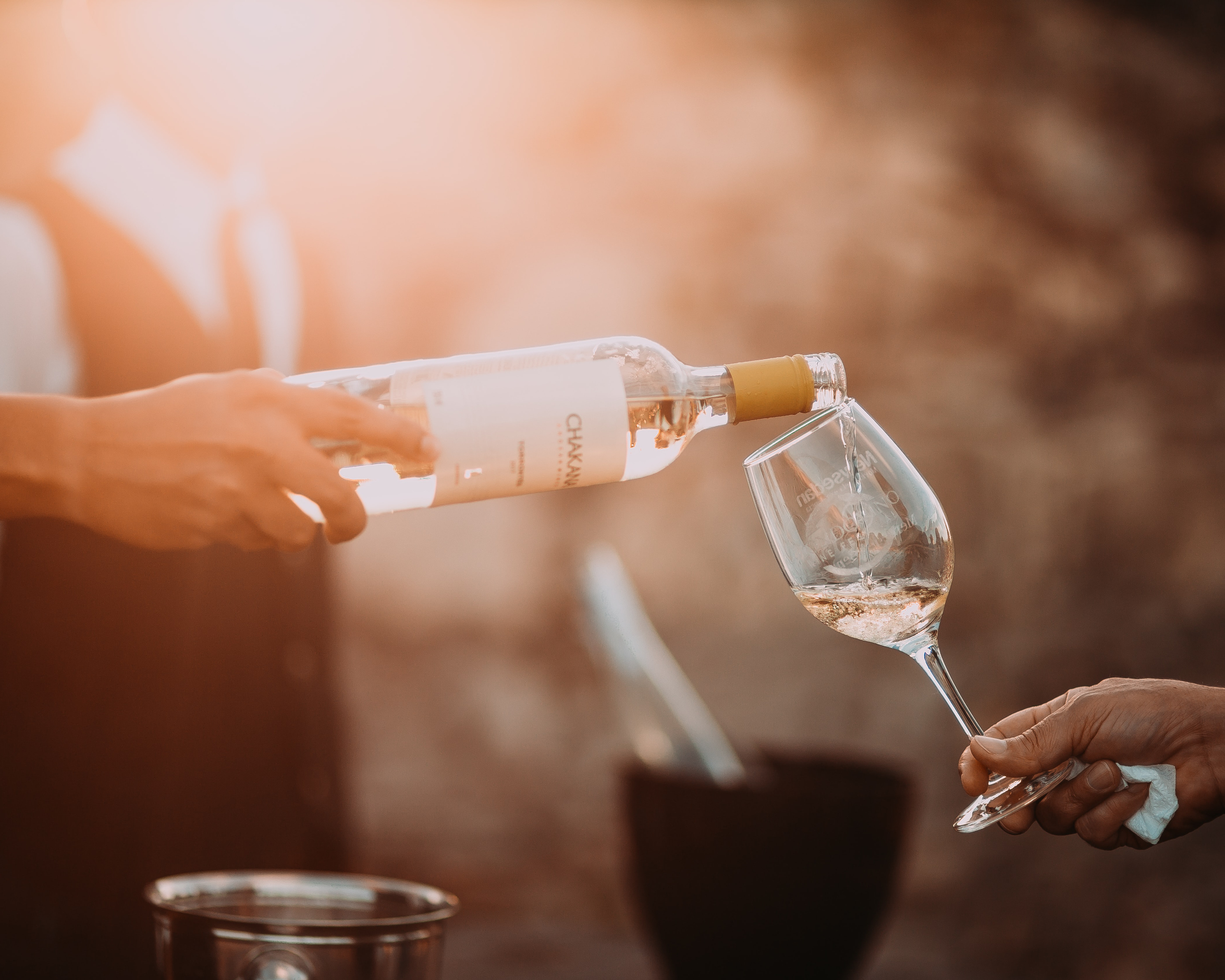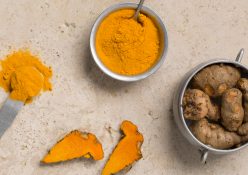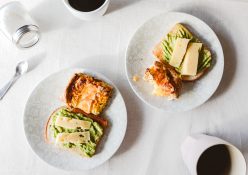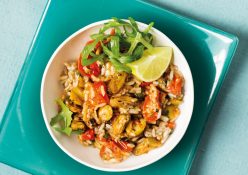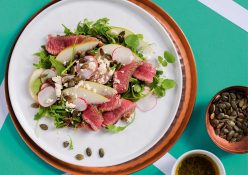Don’t be fooled by the colour. No longer sickly sweet, today’s rosés are serious stuff
Red plus white equals pink, right? Perhaps if you’re mixing paint, but not when it comes to wine. Many people make
the mistake of thinking of rosé as a secondary wine, after the primary red and white. But this is not the case – it has both a character, and a cachet, all of its own.
Tickled Pink
Rosé wines are made from red grapes, and fermented differently to produce a lighter colour and delicate flavour. The most common method of doing this is called maceration. Instead of separating the skins and the juice right away (to make white wine) or allowing for significant skin contact (to make red wine), the two are left together just long enough to impart the colour. In comparison, rosé made with the saignée method is a by-product of red wine. A little of the juice is bled off during the fermentation process in order to leave a higher ratio of skin to juice, resulting in a deeper colour and fuller body in the remaining wine. The extracted juice can be discarded or fermented separately into a rosé.
California Dreaming
Pink wine sadly has the reputation of being girly, but even the vino-loving ancient Greeks drank a form of rosé. This was probably because they had not yet mastered the method to making what we think of as ‘red’ wine. The vines spread to France and for centuries, Europeans quietly drank their pink wine – until the enterprising Americans radically changed its image. In the early 1970s, the demand for white wine in the States exceeded availability of white grapes, so some winemakers started producing white wine from red grapes, using a form of saignée. In 1972, the Californian winery Sutter Home started producing a white wine from the red Zinfandel grapes. However, while producing the 1975 vintage, the fermentation became stuck and winemaker Bob Trinchero inadvertently created a pinker, sweeter wine, typical of what the Americans call ‘blush’.
Drink Up
At Holden Manz in Franschhoek, you will find a bone-dry, pale peach hiro rosé. The 2020 – made from four red grapes (50% Cabernet Sauvignon, 30% Merlot, 10% Shiraz and 10% Cabernet Franc) – has notes of Japanese raspberries, sea salt and fresh cling peaches. It’s been described on the palate as a creamy and elegant wine with finesse and a long finish. It goes down a treat with cold meats and picnic goodies. Around the corner at Allée Bleue, winemaker Van Zyl du Toit has used a blend of 89% Shiraz and 11% Sauvignon Blanc in the Shiraz Rosé 2021. He says that the white Sauvignon Blanc grapes add ‘a herbaceousness, zestiness and freshness that works like a charm.’ With notes of berries, Turkish delight and candy floss, it is slightly sweeter then the Holden Manz. And its perfect food partner? Van Zyl says that if you pair it with sushi, you’ll never look back. If you’re in the mood for something bubbly, Allée Bleue also has a lovely Brut Rosé 2015 (57% Pinotage, 35% Chenin Blanc and 8% Pinot Noir). Pair it with bruschetta or seafood tapas for a lingering lemony aftertaste.
The Snob Factor
Some wine fundies like to tell you that rosé isn’t a ‘real’ wine – it’s easy-drinking stuff for people who don’t know any better. Many wineries used to churn out rosé as a side product, meaning it wasn’t always of the highest quality. Add to that the trend towards sweet – sometimes sickly sweet – versions, and it’s easy to see why these wines weren’t winning any awards. However, both quality and demand have been steadily increasing. In South Africa, more sophisticated options are appearing in tasting rooms and on wine lists. As Van Zyl says, ‘Rosé should get the attention it deserves in the cellar and the vineyard. If you do it as a little sideshow, the end product will reflect your efforts. Our rosé is normally the first wine we bottle and release every year, and for me, it’s the barometer of what’s to come.’
Words by Amy Lehner
Photography: Unsplash



